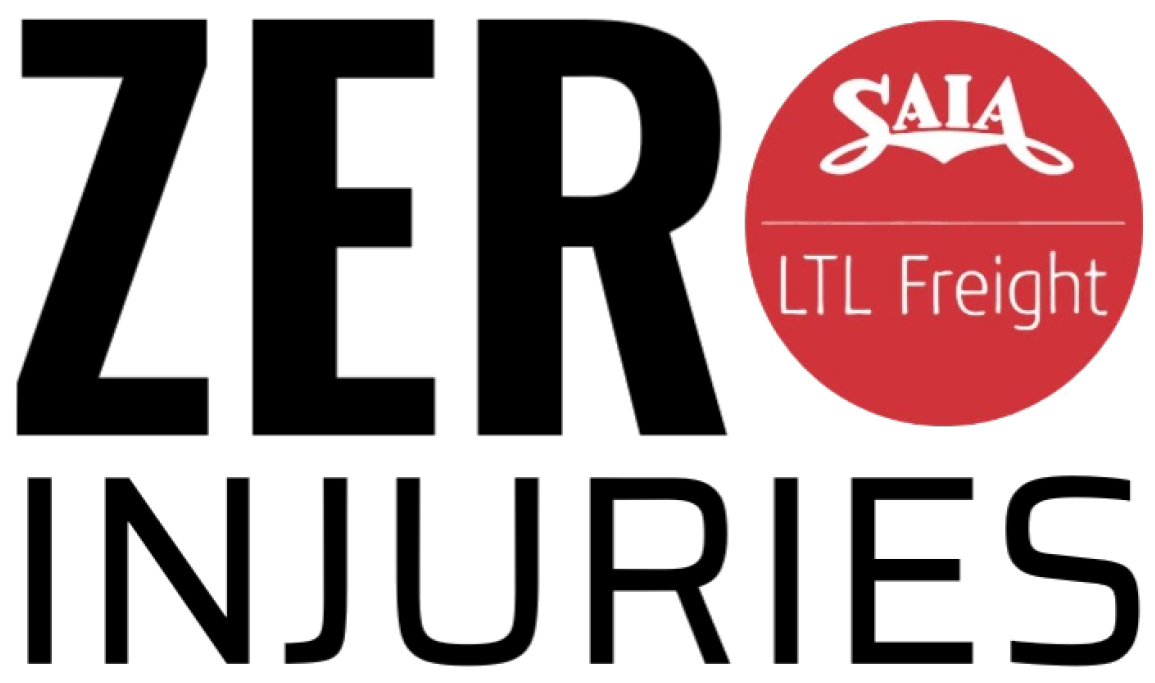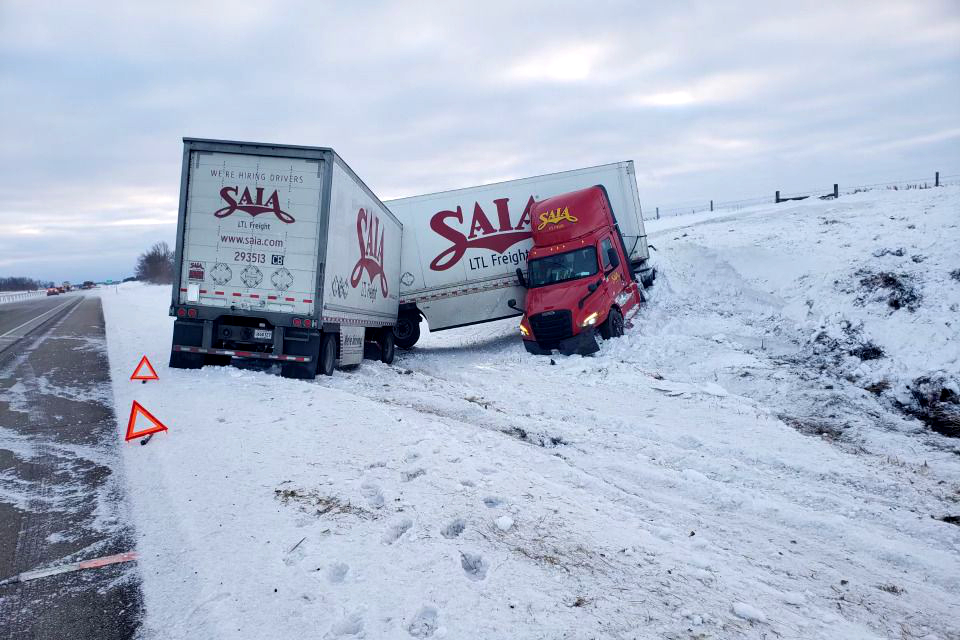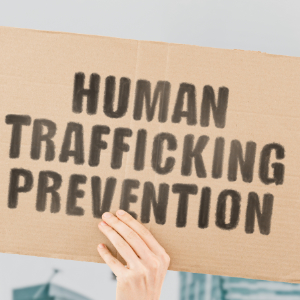Safety Source
Accident Prevention
This month, Safety Training Manager Samuel Wilfert talks about promoting safety by taking responsibility and offers tips on preventing single-vehicle accidents.
Did You Know?
Safety is not only about taking precautions, it's also about taking responsibility.

There's a catch phrase that's being heard more and more these days: "See it. Own it." That phrase also applies to safety.
If you see an unsafe situation, or even a potential unsafe situation, don't just walk away. Take responsibility for getting it corrected.
Whether it's in the office, in the yard, or on the dock, wherever you see something that is unsafe, or that could lead to an injury, speak up and notify your manager.
Think how you'd feel if you did nothing, then heard later that someone was injured.

Preventing a Single Vehicle Accident

A single-vehicle accident is any driving mishap where only one vehicle is involved. This can include veering off the road and hitting a tree, a rollover crash, or damage caused by animals or debris on the road. Bad weather, poor visibility and distracted driving can all be contributing factors, so drivers must be alert when they take the wheel.
Prepare for your trip before you turn the key. Many things can slow you down en route to your destination, so it pays to spend some thoughtful preparation time to help ensure safe travels.
Check the weather report. You may experience changes in weather patterns as you driver your route. Be prepared to handle rain, snow or other conditions that may affect your ability to drive.
Start safely. Get familiar with the vehicle controls and adjust any settings, as needed. These include seat steering wheel. Also, always keep your seatbelt fastened while driving.
Stay focused to help avoid distractions. Distracted driving can rob you of your ability to react quickly. Stay focused on the road, including what you can see in front of you and in your mirrors.
Monitor your surroundings. As you drive, be mindful of lane changes, traffic signs and signals, curves, road work and pedestrians. Seeing a situation develop early will give you more time to react, if necessary.
Take a break. If you are feeling drowsy or have a task that cannot wait, pull the vehicle over to a safe spot out of the way of traffic.
Monitor conditions to reduce the risk of losing control. A safe driver monitors road conditions constantly and is ready to adjust. Knowing how to handle your vehicle in a variety of situations helps reduce the risk that you will be involved in an accident.
Slow down. Driving at speeds above the posted limits makes it easier to lose control of your vehicle, harder to recover and robs you of critical reaction time.
And...Get plenty of sleep!




